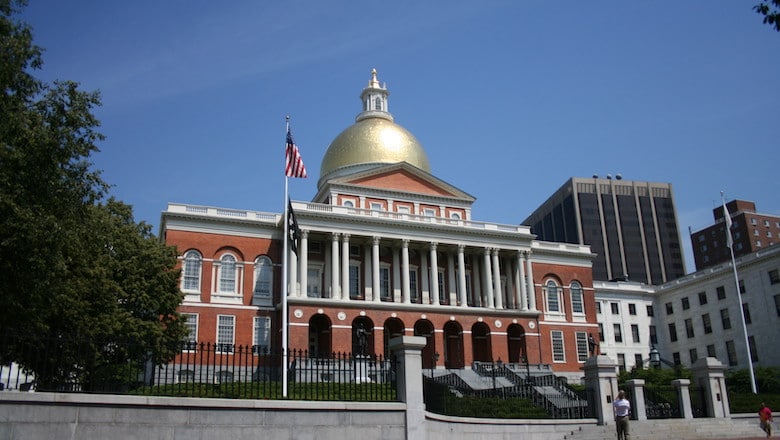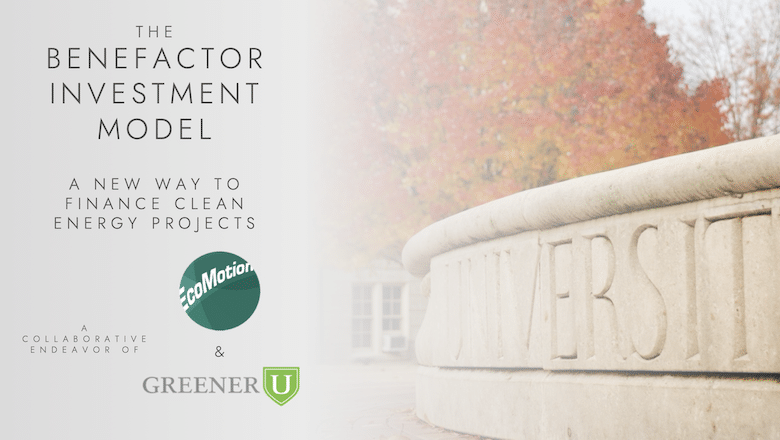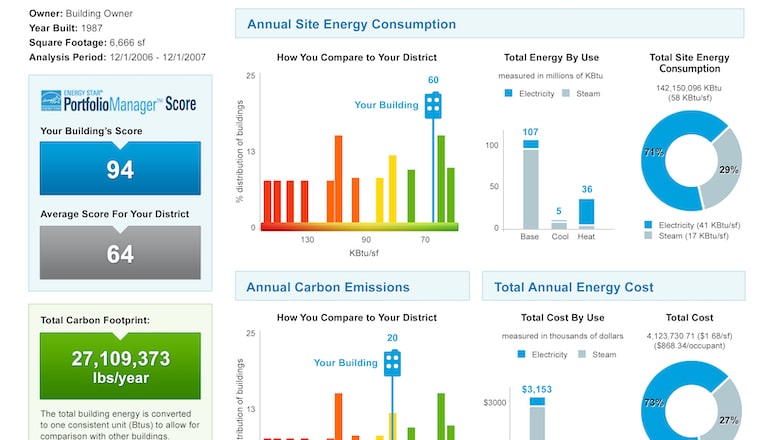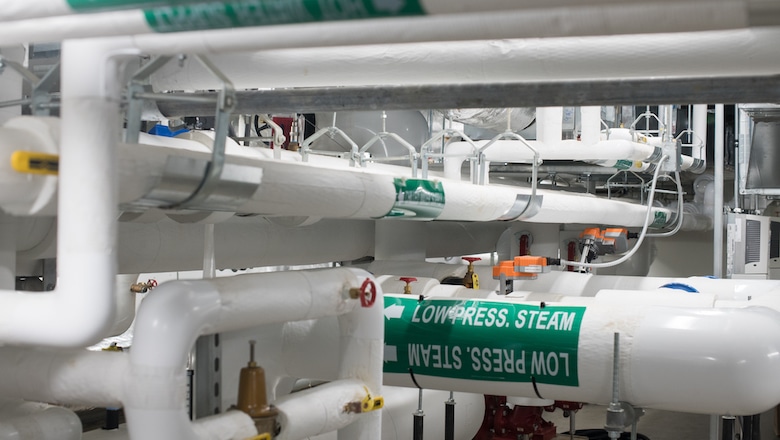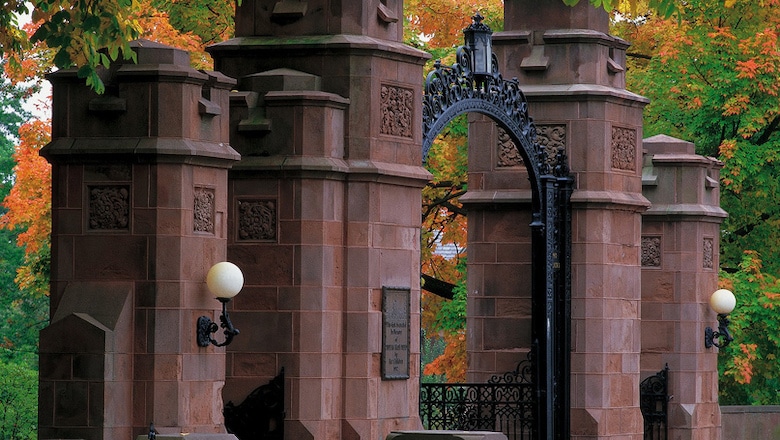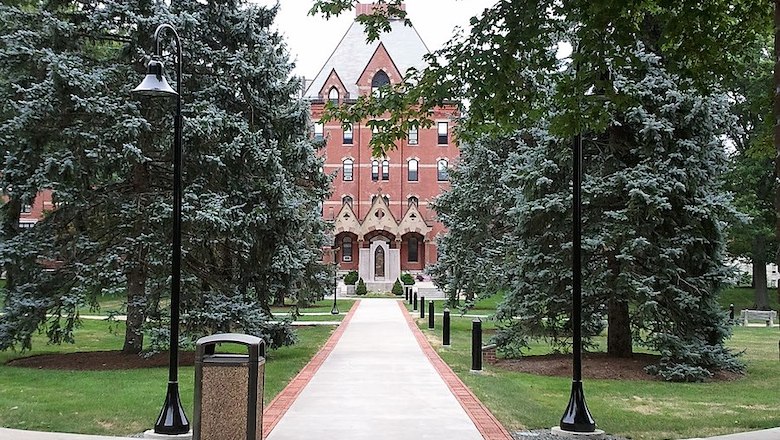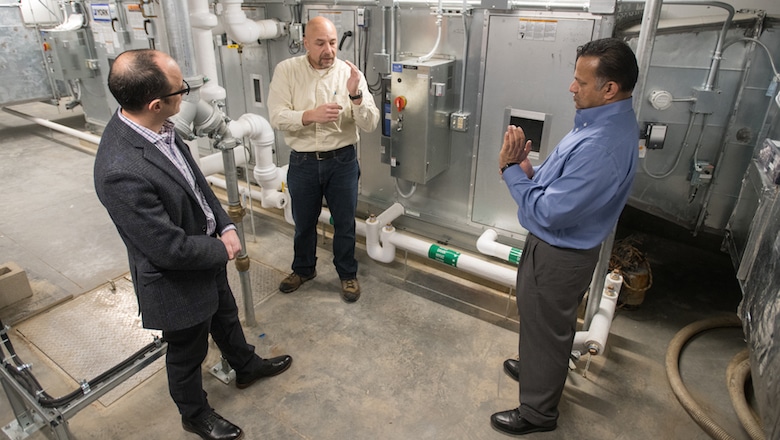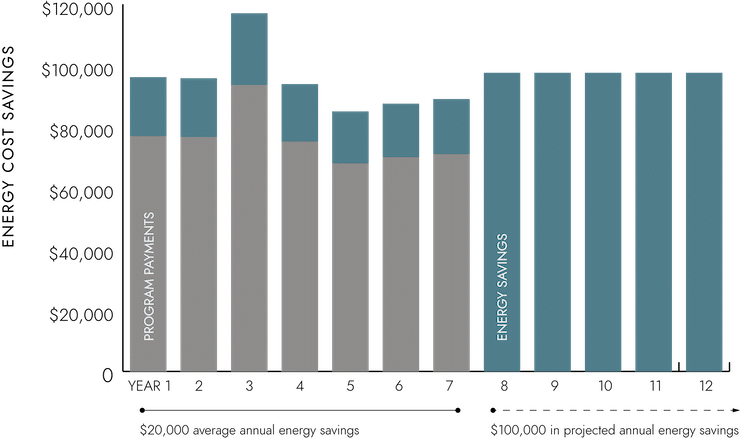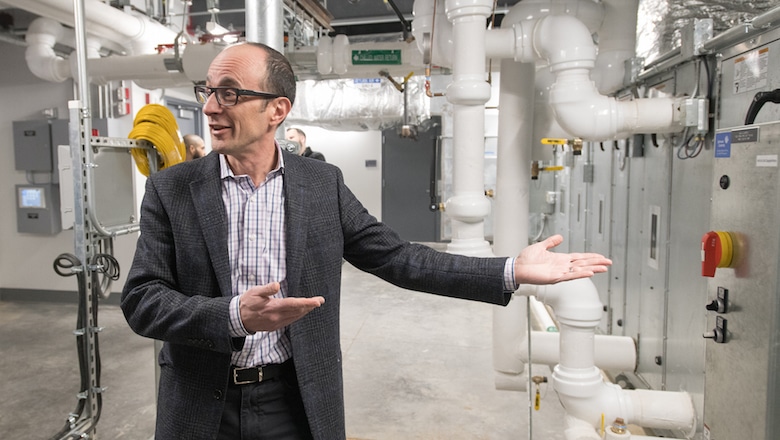Posts tagged: building energy
Vibrant. Exhilarating. Complicated. Messy.
We're not talking about your love life. We’re talking about working in an institutional setting, where getting things done is no simple task. If you’re looking at launching a major initiative, an interdepartmental project, or moving forward with your climate action goals, you need to draw from a different toolkit than your job description outlines—you need to be persuasive.
MoreParticipating utilities to offer incentives for heat pumps in the transition to electrification
MoreAs the coronavirus shutdown has threatened nonprofits’ funding, opportunities to find cost savings are more important than ever. Simultaneously, Boston-based nonprofit institutions are striving to meet the City’s carbon neutrality goals. But installing energy-saving measures can require investments that many nonprofit institutions are unable to make.
Now, Boston nonprofits can take advantage of an affordable energy-savings program with no up-front costs, thanks to the tax-exempt lease program (TELP) of the Boston Industrial Development Financing Authority (BIDFA). As an approved performance contractor of the program, GreenerU can work with museums, universities, healthcare centers, and other 501(c)(3) entities to identify and implement comprehensive energy upgrades.
On Wednesday, December 9, 2020, GreenerU's David Adamian, BIDFA's Bill Nickerson and Gisella Soriano, and the City of Boston's Brenda Pike presented an information session on TELP. You can watch the webinar below or click on links in the additional resources for more information.
MoreWilliam James College, located in Newton, Mass., offers accredited mental health professional training programs, including a program that trains veterans training to treat other veterans. Financing from GreenerMass has made it possible to begin addressing issues with building comfort, improving the physical environment for students and educators.
MoreAlthough research suggests that sustainability-related giving opportunities grow the pie by expanding giving, development officers have been understandably reluctant to move in that direction for fear of diverting precious donations from pressing operational and capital needs. The Benefactor Investment Model (BIM) solves this tension by creating an investment opportunity for high-net-worth friends of the institution that: provides a reasonable return on their investment, benefits the institution financially, and helps the institution make meaningful progress on its sustainability goals.
On Tuesday, October 13, 2020, GreenerU's David Adamian and EcoMotion's Ted Flanigan and Mark Hopkinson teamed up to present this new financing mechanism. Learn more in the video below.
MoreThe U.S. EPA’s ENERGY STAR Portfolio Manager® provides a platform for benchmarking the energy performance of all kinds of commercial buildings. Energy managers on college campuses, however, often face a challenge in both accurately metering energy at the building level and categorizing buildings under the Portfolio Manager framework of use types. Now the new Higher Education Benchmarking Initiative seeks to collect campus-wide data from colleges and universities across North America—and offer energy scorecards in return.
MoreCoronavirus has left buildings on campus vacant in places that were designed to be operating 24/7. When spring turns to summer and heat and humidity kick in, do you have a transition plan to prevent maintenance issues on campus? Are you staying ahead of potential health hazards associated with stagnant water?
MoreCampus shutdowns through the coronavirus outbreak have brought questions and concerns about health and safety procedures and occupancy involving ongoing building maintenance, energy conservation, and ongoing construction. With situations changing on an almost hourly basis, how can campus facilities stay up to speed? How are you managing the forced hibernation of buildings that were designed to be 24/7 operations? How will you transition out of this crisis? Colleges and independent schools in the Northeast met on April 9, 2020, for a facilitated discussion on how to respond to campus facilities challenges during the coronavirus outbreak.
MoreThanks to help from GreenerU, the MSPCA’s Angell Medical Center in Jamaica Plain is set to receive the first alternative energy certificates for a large air-source heat pump system—one of several ways energy-efficient technologies are sound financial investments. Maybe now is a good time for your school to make the switch.
MoreOver more than 200 years, one Ivy League medical school has launched some of the most important discoveries in history. Now it’s investigating ways to make its campus buildings perform better and use less energy...much like the squirrels they study.
MoreIn 2014, GreenerU worked with MassDevelopment to develop a program called Mass College Green, in which up-front financing was provided to pay for energy conservation measures. With no upfront capital investment, the college pays only for delivered energy savings over a five-year financing period and sees a net positive cash flow, resulting from energy cost savings. After the five-year payback period, the college will enjoy even greater cost benefits, realizing the entirety of the energy cost savings.
MoreMassachusetts may enact the first state-wide legislation requiring that buildings comply with minimum energy performance standards. Find out if your institution's buildings are affected.
MoreIn 2016, in partnership with Consigli Construction Co., Brooks School began planning its brand-new Center for the Arts and right from the beginning involved GreenerU in all mechanical and electrical aspects of the design, including an enabling project that included a steam system relocation and a chilled water plant for the new Arts Center. The result is a beautiful new arts space that delights students and facility managers alike.
MoreAICUM and GreenerU launch GreenerMass, a finance program for schools, health centers, and other nonprofits to kickstart savings from energy-efficiency measures requiring no upfront capital costs. Past program participants are saving upwards of $100,000 annually on energy costs following payback period. Here's how to find out if your institution is eligible.
MoreWhat’s your greatest energy-savings opportunity?
MoreTruly serious efforts to get to zero recognize that the obligation starts with lowering demand. Buildings alone use 42% of the nation’s energy. Without tackling excessive building energy use, campuses are only going to glance around the target.
More

